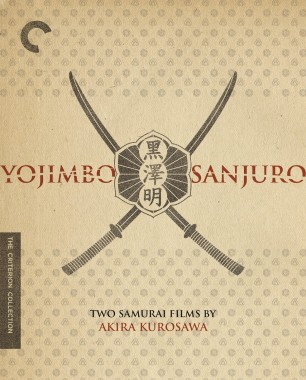The Men Who Tread on the Tiger’s Tail

The fourth film from Akira Kurosawa is based on a legendary twelfth-century incident in which the lord Yoshitsune and a group of samurai retainers dressed as monks in order to pass through a dangerous enemy checkpoint. The story was dramatized for centuries in Noh and kabuki theater, and here it becomes one of the director’s most riveting early films.
Available In

Cast
- Denjiro Ookouchi
- Benkei
- Tadayoshi Nishina
- Yoshitsune
- Susumu Fujita
- Togashi
- Masayuki Mori
- Kamei
- Takashi Shimura
- Kataoka
- Kenichi Enomoto
- Porter
- Atikake Kono
- Ise
- Yoshio Kosugi
- Suruga
- Dekao Yokoo
- Hitachibo
Credits
- Director
- Akira Kurosawa
- Producer
- Motohiko Ito
- Screenplay
- Akira Kurosawa
- after
- the Kabuki <i>Kanjincho</i>
- Cinematography
- Takeo Ito
- Production design
- Kazuo Kubo
- Music
- Tadashi Hattori
- Editing
- Toshio Goto














